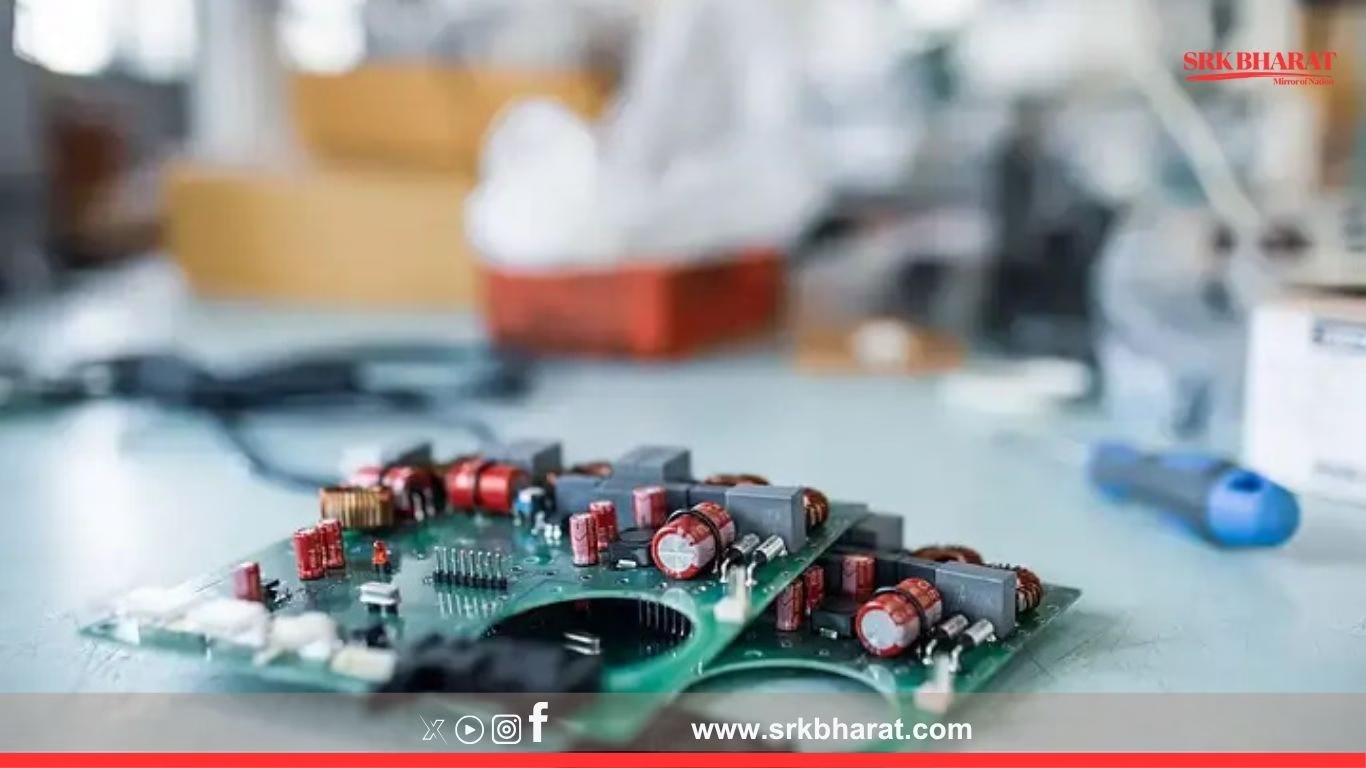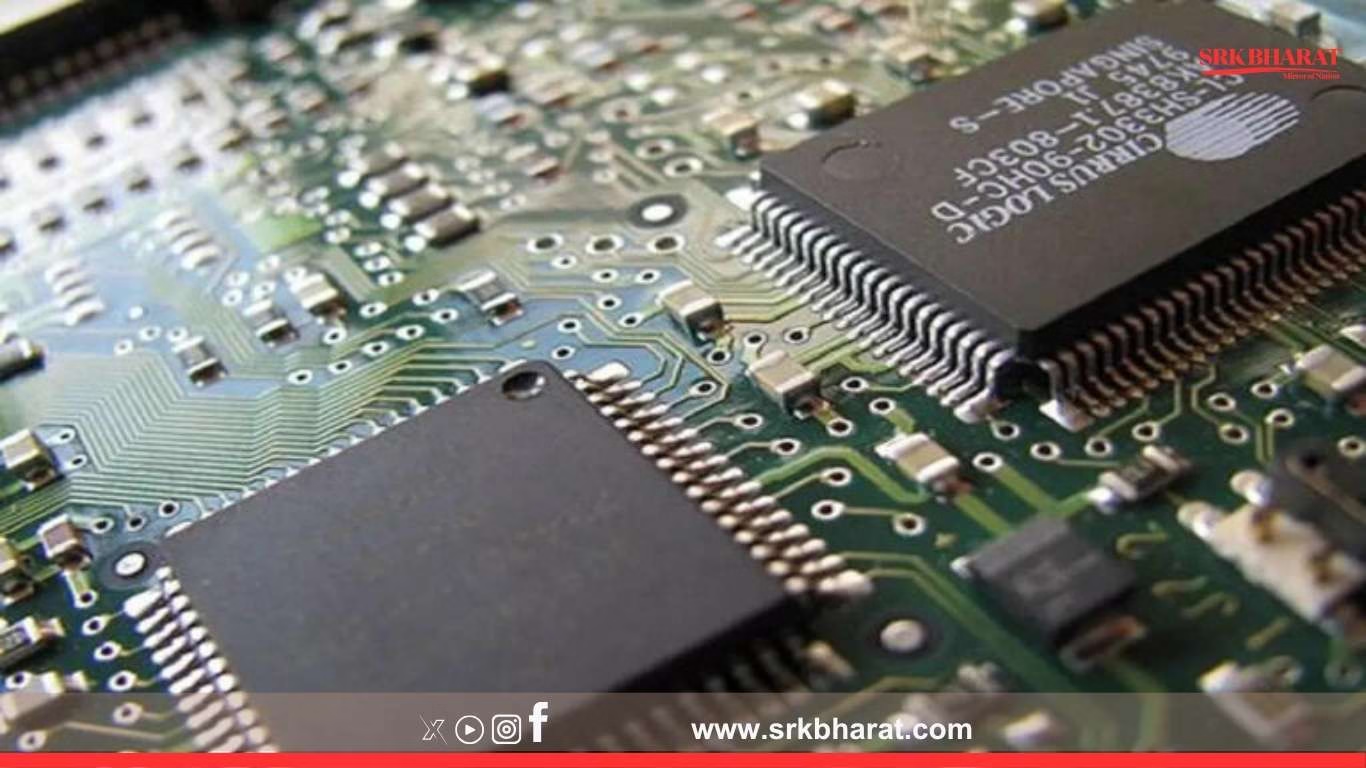South Korean electronics giant Samsung is reportedly considering expanding its manufacturing footprint in India as part of its strategic shift to mitigate potential disruptions arising from the current US tariff uncertainty on Chinese imports. This move reflects an accelerating trend among global electronics companies looking to diversify their supply chains and reduce dependence on China amid ongoing geopolitical and trade tensions.
Context: Tariff risks reshape supply chain strategies
Amid escalating US-China trade friction, President Joe Biden’s administration recently indicated its intent to continue imposing tariffs on Chinese goods initiated during the Trump era, particularly targeting technology hardware and critical electronics. Samsung, a major supplier of smartphones, semiconductors, displays, and consumer appliances to the US market, is recalibrating production locations to maintain price competitiveness and ensure uninterrupted supply.
Trade experts note that India has emerged as a compelling alternative given its stable policy support for electronics manufacturing, the large domestic market to absorb supply, and incentives under the Production-Linked Incentive (PLI) scheme.
Samsung’s current manufacturing base
Globally, Samsung’s manufacturing strategy remains China-centric for semiconductors and displays but is diversified for smartphone assembly and consumer electronics:
| Country | Key Manufacturing Operations |
|---|---|
| South Korea | Advanced semiconductors, premium OLED displays |
| China | Low to mid-end smartphones, consumer appliances |
| Vietnam | Smartphones, tablets, wearable devices |
| India | Smartphones (Noida factory), TVs, refrigerators |
India houses Samsung’s largest mobile phone manufacturing unit in Noida, operational since 2018 with an annual capacity exceeding 120 million units. However, Samsung currently imports key components from China and Vietnam for final assembly in India.
Potential India expansion plans
Senior industry executives privy to the company’s strategic discussions suggest Samsung may soon:
- Localise production of smartphone components, including displays and camera modules.
- Expand semiconductor packaging and testing capacities in India through joint ventures or contract manufacturing partners.
- Increase production of consumer appliances such as air conditioners and washing machines to serve both domestic and export markets.
A Delhi-based trade analyst said:
“With the Biden administration indicating tariff extensions, Samsung is reworking cost structures. India offers favourable factor costs, policy support, and geopolitical neutrality.”
Implications for India’s electronics manufacturing goals
Samsung’s potential expansion aligns with the Indian government’s aim to boost electronics production to $300 billion by FY26, with exports targeted at over $120 billion. The PLI scheme for large-scale electronics manufacturing, worth ₹40,951 crore, has already attracted Apple suppliers Foxconn, Pegatron, and Wistron to set up or expand production in India.
Samsung’s deeper manufacturing localisation could:
- Enhance local value addition, reducing reliance on imported components from China.
- Generate significant employment, particularly in Uttar Pradesh where its Noida facility is located.
- Strengthen India’s export competitiveness in smartphones, consumer electronics, and possibly semiconductor packaging.
Key drivers behind Samsung’s India strategy
| Driver | Impact on Samsung’s strategic shift |
|---|---|
| US tariffs on Chinese imports | Raises landed costs of China-made products, making India an attractive alternative. |
| PLI incentives by Indian government | Subsidises production costs, enhancing profitability. |
| Rising domestic demand in India | Samsung leads in several segments; local production caters directly to Indian consumers. |
| Geopolitical risks and supply chain resilience | Diversifies manufacturing footprint to mitigate China-related disruptions. |
Industry voices on Samsung’s India move
Bipin Sapra, partner at a leading tax advisory firm, noted:
“Samsung’s ramp-up will not only boost Indian electronics manufacturing but also bring advanced process know-how, helping integrate local suppliers into global value chains.”
Electronics component manufacturers in India expect Samsung’s expansion to spur demand for localised parts such as PCBs, connectors, displays, and camera lenses. However, sector analysts caution that true self-reliance would require robust semiconductor fabrication capabilities, which India is only beginning to develop with upcoming fab projects in Gujarat and Odisha.
Global diversification by electronics giants
Samsung’s India pivot mirrors similar moves by other global electronics leaders:
| Company | Recent Manufacturing Diversification Moves |
|---|---|
| Apple | Aggressive iPhone assembly scale-up in India through Foxconn, Pegatron, and Tata Electronics |
| Xiaomi | Expanded Indian component sourcing under ‘Make in India’ strategy |
| Planning Pixel smartphone assembly in Tamil Nadu for domestic and export markets | |
| Dell | Scaling up PC assembly under India’s IT hardware PLI scheme |
Samsung’s market position in India
As per industry tracker IDC:
- Smartphones: Samsung regained its top position in India’s smartphone market in Q1 2025 with an 18% market share, driven by strong sales in the mid-premium segment.
- Consumer appliances: Samsung remains a market leader in premium TVs and refrigerators, competing with LG and Sony.
- Displays and semiconductors: No direct manufacturing in India yet, but packaging partnerships are being explored.
Challenges to Samsung’s India expansion
While India presents multiple incentives, challenges remain:
- Supply chain readiness: Limited ecosystem for semiconductor and display component manufacturing.
- Policy predictability: Industry seeks stable, long-term tax and incentive policies.
- Infrastructure bottlenecks: Logistics, power, and land acquisition hurdles in some states.
Despite these, Samsung views India’s long-term consumption growth and geopolitical neutrality as critical factors outweighing operational challenges.
Conclusion
Samsung’s potential manufacturing expansion in India reflects its strategic agility in the face of US tariff uncertainties on China. The move is set to further position India as a critical global electronics hub, boost employment, and align with the Indian government’s ‘Make in India’ and electronics self-reliance ambitions. Industry observers will closely watch Samsung’s formal announcements in coming quarters to assess its investment scale and local value addition roadmap.
Disclaimer
This news content is based on industry sources, market trackers, and official data. It is intended for informative purposes for readers of business, trade, and policy news portals. For company filings, regulatory approvals, and financial disclosures, readers are advised to consult respective corporate and government releases.











